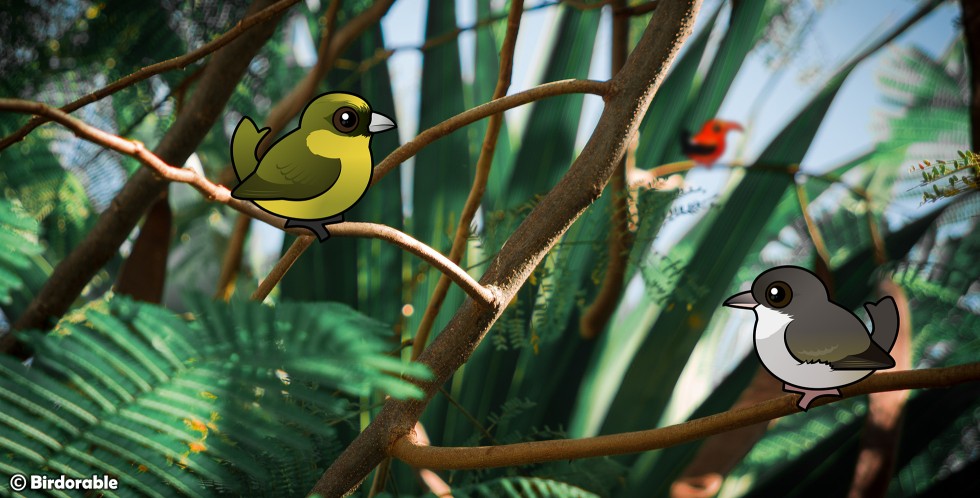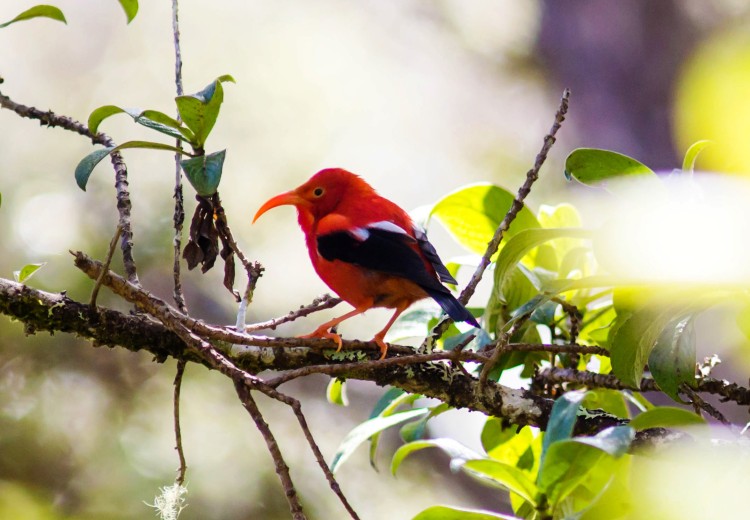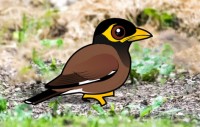Mosquitoes to the Rescue? A Groundbreaking Conservation Effort in Hawaii

In an unprecedented and inspiring leap towards conservation, the American Bird Conservancy, alongside other conservatoin agencies, has embarked on a groundbreaking mission in Hawaii to save several critically endangered Hawaiian honeycreepers from the brink of extinction. The culprits behind the looming threat? Invasive Southern House Mosquitoes carrying avian malaria. The solution? A clever, innovative strategy involving the release of non-biting male mosquitoes engineered to curb the mosquito population and, by extension, the spread of the deadly disease.
Hawaiian honeycreepers, with their vibrant plumage and unique evolutionary history, are more than just birds; they are integral to Hawaii's ecological and cultural tapestry. Once flourishing with over 50 native species, the islands now see a stark reduction to merely 17, each teetering dangerously close to oblivion. The initiative, aptly named Birds, Not Mosquitoes (BNM), marks a significant milestone in conservation efforts, particularly as it coincides with Makahiki o Nā Manu Nahele, or the Year of the Forest Bird, amplifying its significance and urgency.
November 2023 saw the first of these mosquito releases on Maui and Kaua‘i, following extensive study, analysis, and regulatory nods from state and federal bodies. This innovative approach introduces mosquitoes carrying a strain of Wolbachia bacteria, harmless to humans but fatal to mosquito progeny. When these engineered males mate with wild females, the resulting eggs fail to hatch, leading to a gradual but significant decrease in mosquito populations.
This technique, already proven in combating mosquito-borne human diseases globally, promises a ray of hope for Hawaii's feathered natives. Without intervention, climate change's warmer, drier conditions push mosquitoes to higher elevations, directly threatening the survival of species like the Kiwikiu and ‘Ākohekohe on Maui, and ‘Akikiki and ‘Akeke‘e on Kaua‘i. Experts warn that without a drastic reduction in mosquito numbers, these birds could vanish within a decade.

'I'iwi by Mellisa McMasters (CC BY 2.0 DEED)
Behind this ambitious project is a broad coalition of state and federal agencies, non-profit organizations, and researchers, all united under the banner of the U.S. Department of Interior's Strategy to Prevent the Extinction of Hawaiian Forest Birds. The initiative not only aims to stabilize and eventually increase native bird populations but also sets the stage for future re-introductions from conservation breeding programs.
Monitoring forms the backbone of this initiative, with teams on Maui and Kaua‘i meticulously tracking mosquito populations with traps, as well as malaria prevalence, and bird population dynamics. This extensive, data-driven approach ensures that the intervention's impact is scientifically measured, paving the way for further releases and an expanded fight against avian malaria.
The commitment of nearly $16 million by the current administration under the Investing in America Agenda underscores the project's importance, signaling a collective determination to protect Hawaii's unique biodiversity. As 2024 unfolds, the partnership eyes continued efforts on Maui, expanded operations on Kaua‘i, and a comprehensive Statewide Environmental Assessment to explore wider applications of this conservation tool.
This pioneering endeavor exemplifies the power of collaboration, innovation, and dedication in the face of seemingly insurmountable conservation challenges. As the Birds, Not Mosquitoes project advances, it stands as a testament to the potential for science and unity to forge a future where Hawaii's skies are once again filled with the vibrant chorus of its native honeycreepers.





Comments
Leave a comment
Thank you!